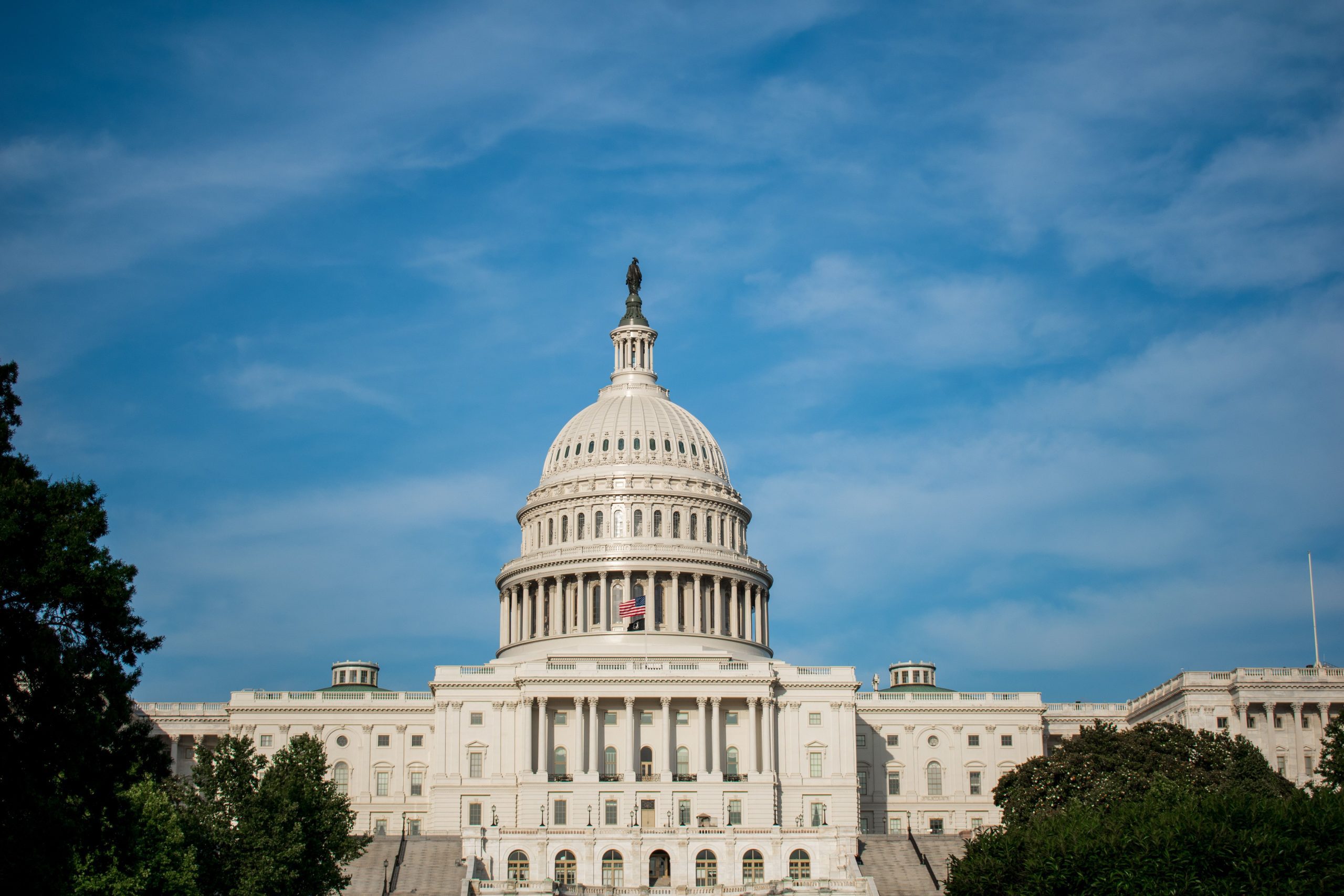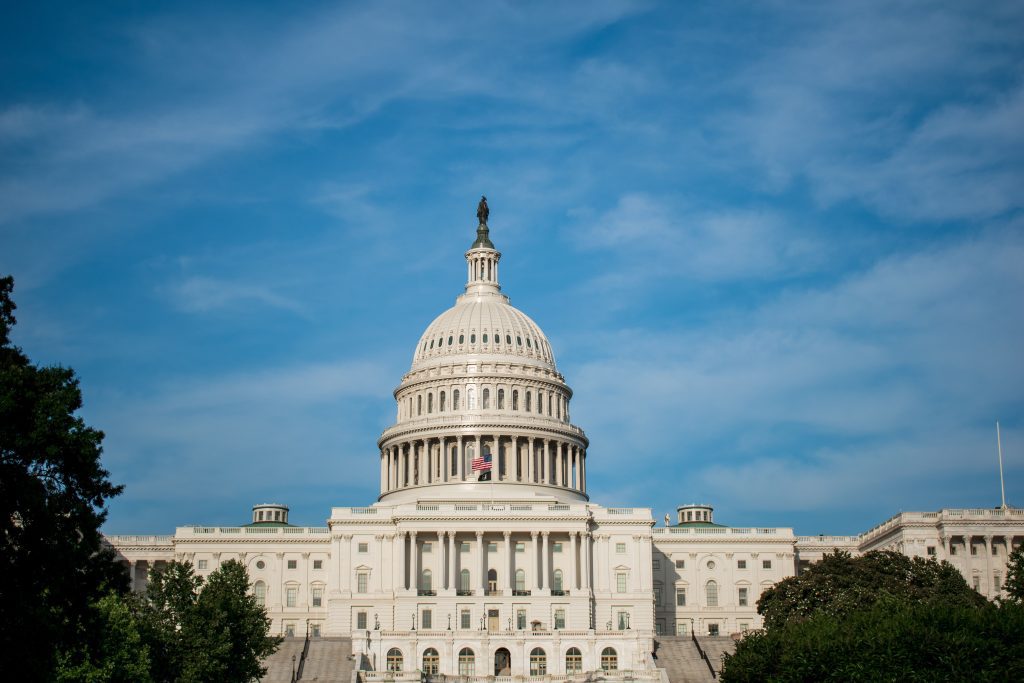AP US Gov FRQ: SCOTUS Application Review (2021)


Table of Contents
ToggleIntroduction
Preparing for the AP U.S. Government and Politics exam can be daunting, especially when it comes to the Free Response Questions (FRQs). Among these, the SCOTUS Application FRQ stands out as a critical component that tests your ability to apply your knowledge of key Supreme Court cases to new scenarios. This comprehensive guide aims to equip you with the strategies, insights, and practice you need to excel in this section of the exam.
Why Focus on SCOTUS Application FRQ?
The SCOTUS Comparison FRQ is designed to assess your understanding of landmark Supreme Court cases and your ability to analyze and compare them effectively. Mastering this FRQ not only boosts your exam score but also deepens your comprehension of constitutional principles and their application in real-world contexts.
Table of Contents
- An Overview: FRQs on the AP US Gov Exam
- Understanding the SCOTUS Comparison Case Question
- How to Earn the Points: SCOTUS Comparison FRQ Scoring Criteria
- Sample FRQ Analysis: Santa Fe Independent School District v. Doe
- How Can I Practice and Improve?
- Additional Tips for Success
- Conclusion
- References
An Overview: FRQs on the AP US Gov Exam
The AP U.S. Government and Politics exam in May comprises 4 Free Response Questions (FRQs), each designed to evaluate different aspects of your understanding and analytical skills. Here’s a breakdown:
- Concept Application (20 minutes – suggested)
- Quantitative Analysis (20 minutes – suggested)
- SCOTUS Comparison (20 minutes – suggested)
- Argumentative Essay (40 minutes – suggested)
Total Time: 100 minutes
Weight: Each FRQ is worth 12.5%, making the entire FRQ section 50% of your total exam score.
Importance of Time Management
Effective time management is crucial. Allocate your time according to the suggested minutes for each FRQ to ensure you can comprehensively address each question without feeling rushed.
Understanding the SCOTUS Comparison Case Question
What is the SCOTUS Comparison Case Question About?
The SCOTUS Comparison FRQ assesses your proficiency in comparing and contrasting a required Supreme Court case with a non-required case presented in the exam prompt. This question tests:
- Knowledge of Required Cases: Familiarity with the 15 mandatory Supreme Court cases.
- Analytical Skills: Ability to identify similarities and differences.
- Application: Connecting case details to broader political institutions, behaviors, or processes.
The 15 Required Supreme Court Cases
To excel, you must have a thorough understanding of the following cases:
- Marbury v. Madison (1803)
- McCulloch v. Maryland (1819)
- Schenck v. United States (1919)
- Brown v. Board of Education (1954)
- Baker v. Carr (1961)
- Engel v. Vitale (1962)
- Gideon v. Wainwright (1963)
- Tinker v. Des Moines Independent Community School District (1969)
- New York Times Company v. United States (1971)
- Wisconsin v. Yoder (1972)
- Roe v. Wade (1973)
- Shaw v. Reno (1993)
- United States v. Lopez (1995)
- McDonald v. Chicago (2010)
- Citizens United v. Federal Election Commission (FEC) (2010)
Tip: Create detailed notes for each case, including the year, decision, rationale, and constitutional principles involved. Use flashcards or digital tools like Quizlet for effective memorization.
How to Earn the Points: SCOTUS Comparison FRQ Scoring Criteria
Understanding the scoring rubric is essential for maximizing your score. The College Board allocates points based on specific criteria:
Key Terms and Points
| Key Term | Points | Criteria | Things to Know |
|---|---|---|---|
| (A) Identify | 0-1 point | Identify a similarity or difference between the two Supreme Court cases as specified in the question. | Briefly identify the required similarity or difference. |
| (B1) Identify | 0-1 point | Provide prompted information from the specified required Supreme Court case. | Present facts demonstrating your understanding of the required case. |
| (B2) Explain | 0-1 point | Explain how or why that information is relevant to the second case provided in the question. | Create a relationship between the required case and the non-required case, as directed. |
| (C) Describe or Explain | 0-1 point | Describe or explain an interaction between the holding in the non-required Supreme Court case and a relevant political institution, behavior, or process. | Connect the SCOTUS decision with broader AP Gov concepts, such as policy-making, political institutions, or civic behavior. |
Breakdown of Points
- Identify (A): Clearly state a similarity or difference as specified.
- Identify (B1): Provide accurate details about the required case.
- Explain (B2): Link the required case’s details to the non-required case.
- Describe or Explain (C): Connect the SCOTUS decision to a broader political concept.
Note: Ensure each part is explicitly addressed to secure all possible points.
Sample FRQ Analysis: Santa Fe Independent School District v. Doe
Practice Question
Context:
Prior to their high school football games, the students of a high school in Texas would choose a fellow classmate to address the crowd through a loudspeaker. This address almost always involved a prayer—students were not required to attend, but many of those present were students. This prayer was described by many as “overtly Christian.” Several students and their parents sued the school board, stating that the practice violated the Constitution. In the resulting case, Santa Fe Independent School District v. Doe, in a 6-3 decision, the Supreme Court held that the policy that allowed for student-led prayer over the loudspeakers at a football game violated the Constitution because it was occurring “on government property at government-sponsored school events.”
FRQ:
- Identify the constitutional clause that is common in both Engel v. Vitale and Santa Fe Independent School District v. Doe.
- Explain how the facts in both Engel v. Vitale and Santa Fe Independent School District v. Doe led to a similar decision in both cases.
- Describe an action that could be taken by legislators who disagree with the ruling in Santa Fe Independent School District v. Doe.
Model Answer
1. Identify the constitutional clause that is common in both Engel v. Vitale and Santa Fe Independent School District v. Doe.
Answer:
Both Engel v. Vitale and Santa Fe Independent School District v. Doe involve the Establishment Clause of the First Amendment, which prohibits the government from making any law “respecting an establishment of religion.”
Explanation:
- Engel v. Vitale (1962): The Supreme Court ruled that school-sponsored prayer in public schools violates the Establishment Clause.
- Santa Fe Independent School District v. Doe (2000): The Court held that student-led prayer at football games also breaches the Establishment Clause.
2. Explain how the facts in both Engel v. Vitale and Santa Fe Independent School District v. Doe led to a similar decision in both cases.
Answer:
In both Engel v. Vitale and Santa Fe Independent School District v. Doe, the presence of organized prayer in public schools was deemed unconstitutional because it constituted government endorsement of a particular religion.
- Engel v. Vitale: The practice of reciting a state-composed prayer during school hours represented official government participation in religious activities.
- Santa Fe Independent School District v. Doe: Allowing student-led prayers at football games implied governmental support for religious activities, thereby violating the Establishment Clause.
Explanation:
Both cases involved government-sanctioned religious activities within public educational institutions. The Supreme Court determined that such practices infringed upon the constitutional separation of church and state, as mandated by the Establishment Clause.
3. Describe an action that could be taken by legislators who disagree with the ruling in Santa Fe Independent School District v. Doe.
Answer:
Legislators who disagree with the ruling in Santa Fe Independent School District v. Doe could propose a constitutional amendment to redefine the boundaries of the Establishment Clause, thereby allowing school-sponsored religious activities.
Explanation:
By amending the Constitution, legislators can seek to override Supreme Court decisions that interpret the Establishment Clause in a way that restricts religious activities in public schools. This would require approval by two-thirds of both houses of Congress and ratification by three-fourths of the state legislatures, reflecting the high level of consensus needed to alter constitutional provisions.
How Can I Practice and Improve?
Start Early
Begin your preparation 16 weeks before the AP exam, typically around the beginning of the second semester. Early preparation allows ample time to master the required Supreme Court cases and develop effective comparison skills.
Weekly Focus
Each week, concentrate on one Supreme Court case. Take detailed notes, including:
- Year of Decision
- Court’s Decision
- Rationale Behind the Decision
- Constitutional Principles Involved
- Related Cases
Tools: Use index cards, Quizlet, or other flashcard tools to memorize key facts and concepts.
Regular Review
Consistently review your notes to reinforce your understanding. Regular revision helps in retaining information and making connections between different cases.
Create Practice FRQs
Develop your own FRQs by comparing a required case with a non-required one. Practice writing responses to enhance your ability to identify similarities and differences effectively.
Example:
Compare Brown v. Board of Education with Regents of the University of California v. Bakke to analyze how each case addresses racial discrimination in education.
Understand Key Terms
Familiarize yourself with the differences between terms like “identify,” “describe,” and “explain.” Ensure you address each part of the question accurately to secure all possible points.
Tip: Review past exam questions and practice differentiating these terms in your responses.
Timed Practice
Simulate exam conditions by timing your responses to practice questions. This helps in managing your time efficiently and ensures you can complete all parts of the FRQ within the allotted time.
Additional Tips for Success
Deep Dive into Cases
Don’t just memorize the cases—understand the underlying principles and how they interact with other aspects of government and society. Analyze how each decision impacts legislative processes, civil rights, and public policies.
Engage with Study Groups
Discussing cases with peers can enhance your understanding and reveal different perspectives. Teaching others is also a powerful way to reinforce your own knowledge.
Utilize Multiple Resources
Supplement your study with various resources:
- Textbooks: Comprehensive explanations and analyses of Supreme Court cases.
- Online Platforms: Websites like Khan Academy, CrashCourse, and the College Board offer valuable insights and practice materials.
- Flashcards: Create digital or physical flashcards for quick review sessions.
Seek Feedback
Practice writing FRQs and seek feedback from teachers or knowledgeable peers. Constructive criticism helps in identifying areas for improvement and refining your writing skills.
Stay Updated
While focusing on the 15 required cases, stay informed about recent Supreme Court decisions that may reflect similar principles or extend your understanding of constitutional law.
Conclusion
Mastering the SCOTUS Application FRQ is a pivotal component of excelling in the AP U.S. Government and Politics exam. By systematically studying the required Supreme Court cases, practicing comparison techniques, and adhering to the scoring criteria, you can effectively demonstrate your ability to analyze and apply constitutional principles. Consistent preparation, strategic practice, and a thorough understanding of key concepts will equip you to tackle the SCOTUS Comparison FRQ with confidence and precision, ultimately enhancing your overall exam performance.
Embrace the challenge, utilize the strategies outlined in this guide, and approach your preparation with dedication and focus. Your efforts will not only help you achieve a high score but also deepen your appreciation for the intricate balance of power and the enduring impact of Supreme Court decisions on American governance and society.
References
- The College Board. Course and Exam Description for AP U.S. Government and Politics. Link
- Engel v. Vitale, 370 U.S. 421 (1962).
- Santa Fe Independent School District v. Doe, 530 U.S. 290 (2000).
- Brown v. Board of Education, 347 U.S. 483 (1954).
- Marbury v. Madison, 5 U.S. (1 Cranch) 137 (1803).
- McCulloch v. Maryland, 17 U.S. (4 Wheat.) 316 (1819).
- Schenck v. United States, 249 U.S. 47 (1919).
- Baker v. Carr, 369 U.S. 186 (1962).
- Gideon v. Wainwright, 372 U.S. 335 (1963).
- Tinker v. Des Moines Independent Community School District, 393 U.S. 503 (1969).
- New York Times Co. v. United States, 403 U.S. 713 (1971).
- Wisconsin v. Yoder, 406 U.S. 205 (1972).
- Roe v. Wade, 410 U.S. 113 (1973).
- Shaw v. Reno, 509 U.S. 630 (1993).
- United States v. Lopez, 514 U.S. 549 (1995).
- McDonald v. Chicago, 561 U.S. 742 (2010).
- Citizens United v. Federal Election Commission, 558 U.S. 310 (2010).
- AP U.S. Government and Politics Teacher’s Guide. Link
- U.S. Supreme Court. Website
- Levi, P. (2019). The Supreme Court and American Politics: A Brief History. CQ Press.
- Bindman, D. (2017). The Supreme Court: A Very Short Introduction. Oxford University Press.
- Greenhouse, L., & Raskin, A. (2016). The Supreme Court: The Personalities and Rivalries that Defined America. Doubleday.
- Irons, P. (2018). A People’s History of the Supreme Court: The Men and Women Whose Cases Have Shaped Our Constitution. Viking.
- Scholarly Articles and Case Summaries from reputable law journals and educational websites.
Recent Posts
- Cornell University
- University of California – Los Angeles
- California Institute of Technology
- Carnegie Mellon University
- Northwestern University
- Pomona College
- Unit 9 Overview: DC Circuits
- Washington University in St. Louis
- Harvey Mudd College
- 8.3 Electric Force
- Empirical Support
- Hacienda System
- Georgetown University
- 8.2 Electric Charge
- Galactic City Model
Choose Topic
- ACT (15)
- AP (20)
- AP Art and Design (5)
- AP Physics 1 (1)
- AQA (5)
- Banking and Finance (1)
- Biology (13)
- Business Ideas (68)
- Calculator (67)
- Chemistry (3)
- Colleges Rankings (23)
- Computer Science (4)
- Conversion Tools (135)
- Cosmetic Procedures (50)
- Cryptocurrency (49)
- Edexcel (4)
- English (1)
- Environmental Science (2)
- Exam Updates (1)
- Finance (17)
- Fitness & Wellness (164)
- Free Learning Resources (185)
- GCSE (1)
- Health (107)
- History and Social Sciences (20)
- IB (1)
- IGCSE (2)
- Image Converters (3)
- IMF (10)
- Math (39)
- Mental Health (58)
- OCR (3)
- Past Papers (463)
- Physics (5)
- SAT (36)
- Sciences (1)
- Short Notes (5)
- Study Guides (26)
- Syllabus (19)
- Tutoring (1)
Recent Comments


AP US Gov FRQ: SCOTUS Application Review (2021)




